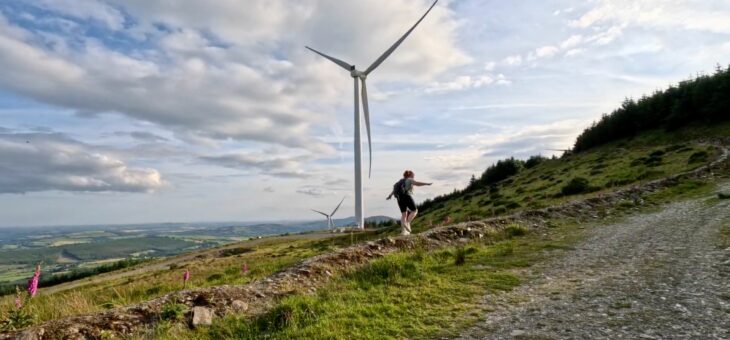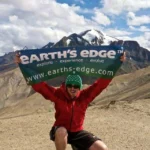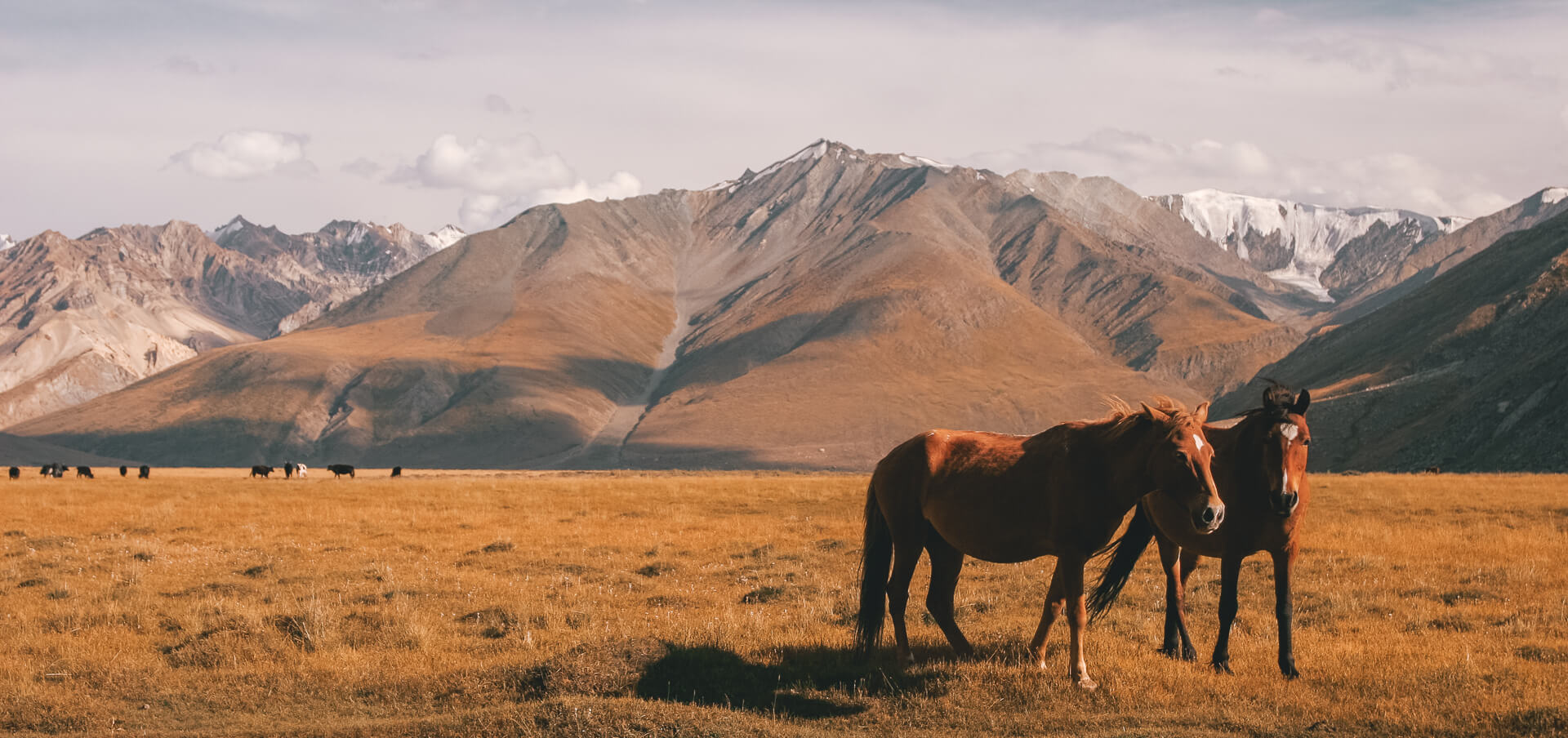.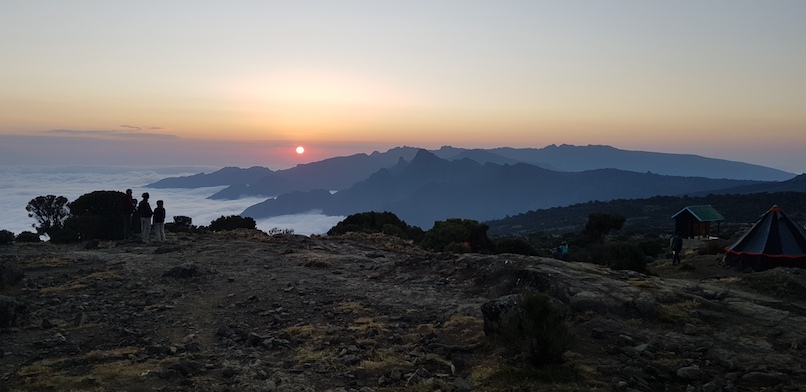
It’s one of the most incredible treks that you can take, and one of the most beautiful mountains in the world. But even if you’ve climbed it before, there are still some things about Kilimanjaro that may surprise you. If you’ve been dreaming about Kilimanjaro and planning an expedition, here are some facts to regale your fellow trekkers with along the way!
Fun Facts About Kilimanjaro
It’s the most popular of the Seven Summits
Almost all of the trekkers climbing Kilimanjaro will know that, as the highest point of Africa, it is one of the Seven Summits. But did you know where it ranks among that list? Kilimanjaro is in fourth place, at 5895m. It is higher than the ‘Top of Europe’, Mt Elbrus, and only the peaks of the Americas and the Himalaya reach higher than Kilimanjaro. It is, however, the most popular of the Seven Summits* with 25,000-30,000 people climbing to the top each year. (*This is taking Puncak Jaya (4884m) in New Guinea rather than Kosciusko (2228m) in Australia as the highest point of the Australian continental shelf!
The fastest ascent…
The speed record for the round-trip ascent of Kilimanjaro is a staggering 6 hours and 42 minutes. This was from Umbwe Gate at 1800m to the summit, and back down to Mweka gate at 1500m. It was set by Swiss ultra-runner Karl Egloff in 2014. Fortunately, you won’t need to quite match this pace! We take 7 days to allow plenty of time for acclimatisation and therefore maximise our chances of success.
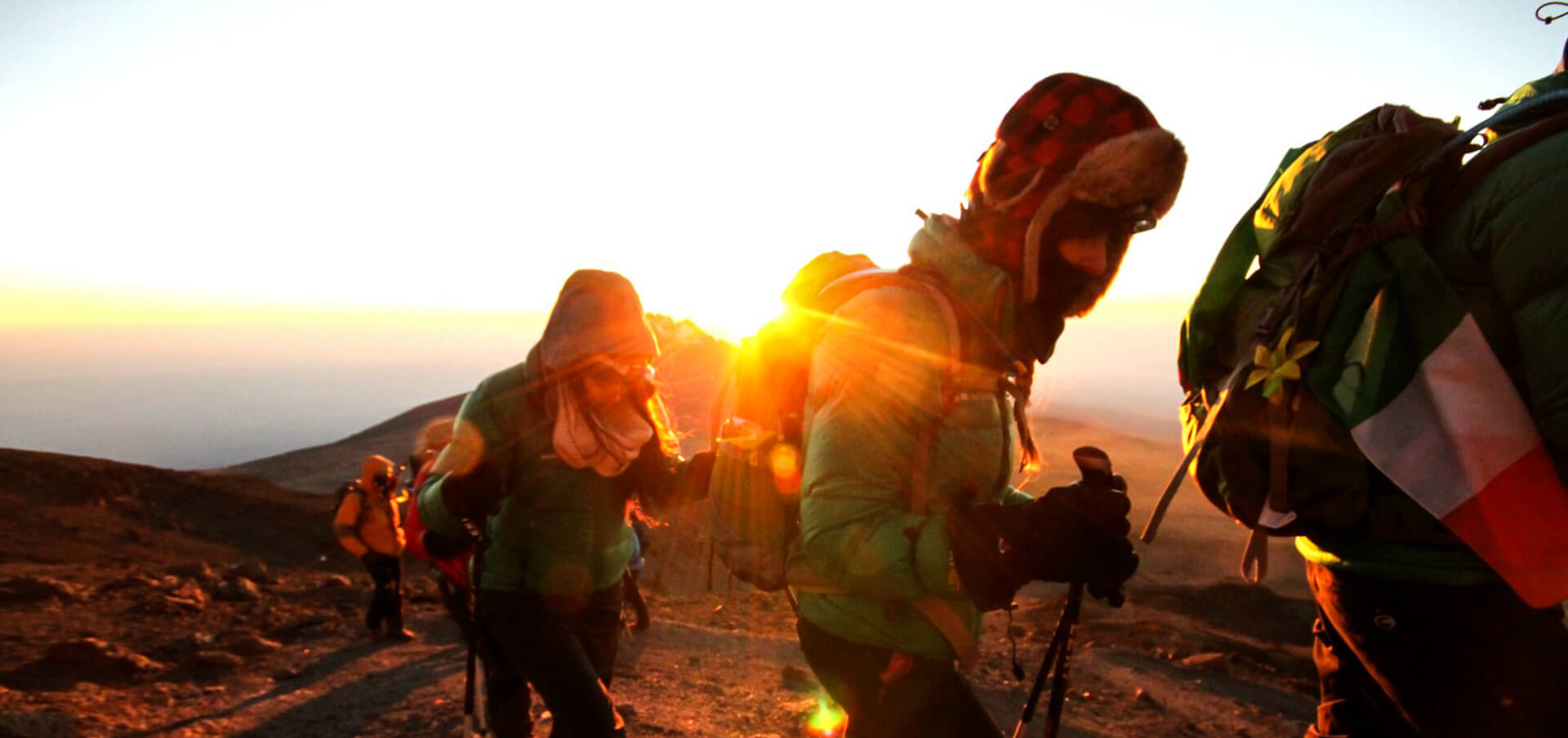
The youngest person to summit Kilimanjaro
Another fun fact? The youngest person to summit Kilimanjaro was 6 years old, and the oldest was 89! So now you’ve no excuses to take it on yourself.
Where’s the highest ranger station?
The highest ranger station on the mountain is at Barafu Camp (4673m). Barafu is the Swahili word for ice – during the early exploration of the mountain the glaciers reached down to this elevation. This side of the mountain is now free of snow and ice all the way up to the crater rim. It’s a sad reflection of the effects of global warming and the retreat of the glaciers all around this mountain. In a century the mountain is estimated to have lost 85% of its glaciers.
It’s predicted that the glacier and snow cover will disappear by the middle of this century. If it does, it’ll be a sad irony that two centuries ago the first Europeans to report back on the discovery of a snow covered mountain in East Africa were disbelieved and ridiculed for suggesting that a snowy mountain could exist so close to the Equator.
What about Kilimanjaro leopards?
The summit area hangs on to its snow cover, but the lower slopes of the mountain are forested and have an abundance of vegetation and wildlife. However, the upper slopes above 4300m are barren, desert-like and short on animals. There are plenty of the large and ominous looking Kilimanjaro ravens about and a keen-eyed observer may spot the striped mice among the rocks. But only a few eyes have seen Kilimanjaro’s leopard. Immortalised in Hemingway’s fictional story ‘The Snows Of Kilimanjaro,’ remains of a leopard were found frozen on the crater rim at 5600m in 1926. It remained there and was witnessed and photographed by several people before disappearing the following year.
In more modern times the tracks of leopards have occasionally been found above the forest. But the animals themselves remained elusive, and a pack of wild dogs was seen close to the summit in the 1960s. The best chance of seeing a big cat (and so much more!) will be to join our post-trekking safari to Tarangire National Park.
Ready to take on the challenge? Read all about our expedition to Kilimanjaro here!

